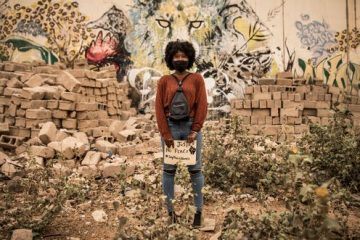 Göran Therborn in The Conversation:
Göran Therborn in The Conversation:
The possibilities of flourishing as a human are shaped by processes of (in)equality. Differences are either given – by God or by Nature – or chosen as lifestyles.
Unlike difference, inequality is a historical social construction.
The three-dimensionality of humanity gives us three kinds of human inequality. These are vital, existential and resource.
The three kinds of human inequality
Vital inequality refers to socially determined distributions of health and ill health and of your lifespan. It can be measured in life expectancy and in health expectancy or your years without serious illness. Where demographic life tables are missing, infant and child mortality are more accessible indicators.
Existential inequality sums up the unequal social treatment of persons. On one end of the spectrum resides denial of recognition, autonomy, existential security, dignity and respect. These can be achieved through acts of neglect, bullying, degradation and humiliation. The ultimate result is a denial of their humanness. At the opposite end are selective attention, freedom, emotional security, encouragement, respect and admiration.
Existential inequality is structured and processed by categories and lenses of othering – such as sex, race, ethnicity, caste or religion. It is arguably the most hurtful and wounding of inequalities.
More here.
